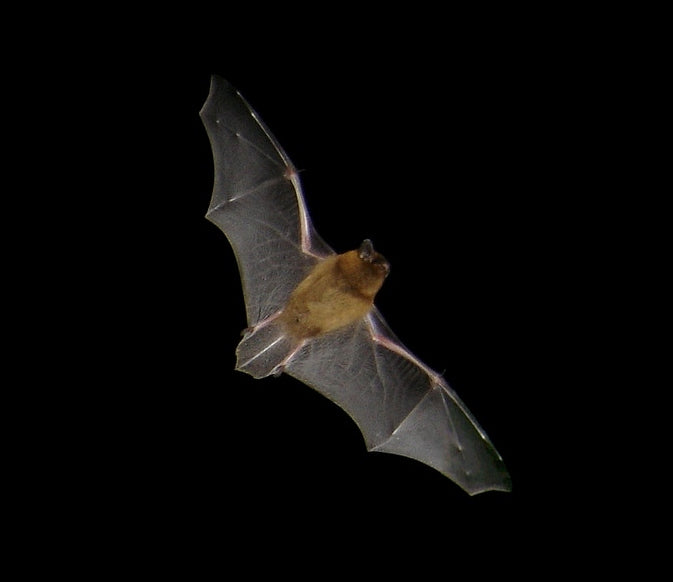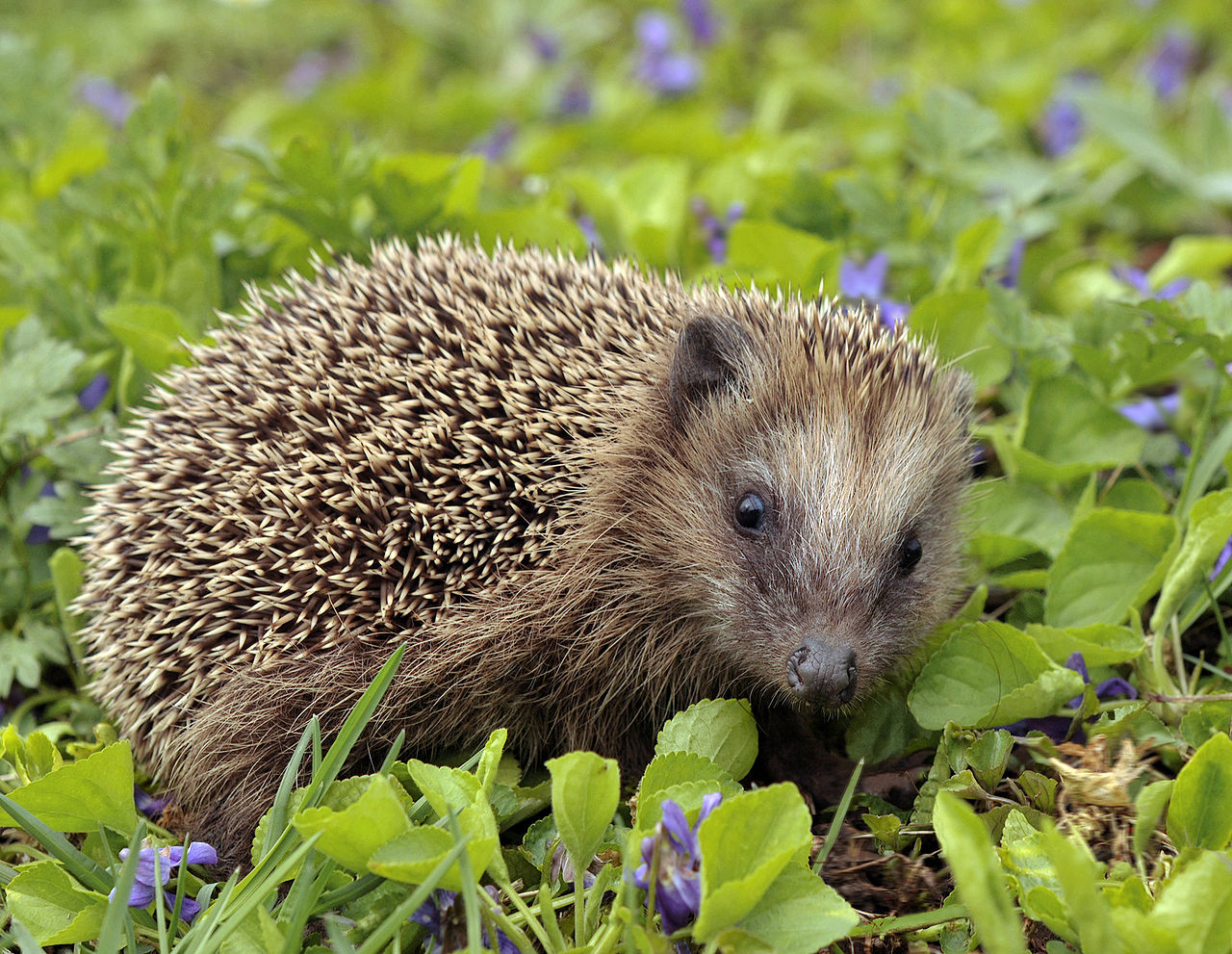
The Common Viper - A guide to British fauna
Scientific Name : Vipera berus
Common Names : Common Adder, Black Adder, Common European Adder, Common European Viper, Crossed Viper, Common Cross Adder, Northern Viper.

Photo:Benny Trapp, CC BY 3.0 <https://creativecommons.org/licenses/by/3.0>, via Wikimedia Commons
Physical appearance : The Common Adder can grow up to a metre in length but fully grown adults are usually between 55cm and 60cm in length. They can have fairly wide bodies and can weigh up to 200 grams.
Photo:By Highlandtiercel - Own work, Public Domain, https://commons.wikimedia.org/w/index.php?curid=11060132
The Common Viper has a distinctive, diamond shaped head which is relatively flat. This diamond shaped head is common to most venomous snakes and is a distinguishing feature to look out for. The head usually has a distinctive dark V or X on the back.They will normally exhibit a diamond pattern running along the length of their back. This may be more difficult to identify within monochromatic individuals.

Photo:Cinik (talk | contribs)Vipera berus, zoopark Chomutov, 28. květen 2003 {{GFDL}} author Zdeněk Fric (fric@entu.cas.cz) agree with GFDL Category:Vipera berus
It is generally possible to sex an adder by its colouring. Females are usually brownish in in tone with darker brown markings The males are often dark grey with black markings. Melanistic individuals, often black or very dark in colour are sometimes referred to as 'Black Adders'. In such individuals, the familiar diamond pattern may be less easy to spot. Often, these so called "Black Adders" will be female.
Where to find/natural habitat : Adders need a fairly varied habitat to allow them a full range of natural behaviours. They can be found on commons, meadows, sandy heathland, sunny glades and clearings, bushy slopes and hedgerows, quarries, dumps, river banks, lakesides, moorland, woodland fringes. Adders need to bask, forage, hibernate and remain protected from predators and humans so will occupy an environment where they can do this uninterrupted.

Photo:By Józef Kazimierz Sokołowski - Own work, CC BY-SA 2.5, https://commons.wikimedia.org/w/index.php?curid=1025174
Habits and charecteristics : The Common Adder is diurnal although further south (for example southern Europe) it can be active in the evenings and at night, particularly in the summer. It spends most of its time on the ground although it can climb to find prey or a good basking spot. In colder climes, Adders will hibernate through the colder months, for up to 9 months at a time.
Although Adders do posses the ability to bite and deliver venom, they are not generally aggressive and usually only bite if they have been disturbed or trodden on. Most snake bites occur as a result of mishandling. Often the most agressive snakes are pregnant females. When threatened, an Adder will often hiss to discourage potential attackers and if this proves insufficient, will draw its body into a coiled "s" shape, in preparation for a strike. They have a lighting fast strike and can cover a couple of meters in milliseconds.
Adder attacks : although rare, these can occur. As mentioned above, people are bitten when they tread on or disturb a snake or try and handle one. An Adder bite will generally not be fatal but may be extremely painful for several hours. In the case of children and the infirm, Adder bites can be potentially more harmful. All snake bites require hospital treatment. Even in cases of non venemous snake bites, you should still attend a hospital to have the wound examined as snakes can harbour large amounts of bacteria in their mounths. This can lead to secondary infections such as septicaemia and tetanus.
Breeding and birth : Vipers usually can give birth to 1 to 2 litters per year and can produce 1 - 20 offspring per litter. The young are birthed in embryonic format but sometimes can free themselves from the "shell" that encasses them, whilst they are still in the womb. The mother has little to do do with the young although it has been observed that the young tend to stay fairly close to their parent, for the first few days of life.
Predation : Adders are regularly eaten by foxes and some birds of prey.
Protection status : It is illegal to kill, harm, injure or sell an Adder in the UK. This protection arises from the WIldlife and Countryside Act 1981.
"Leave nothing but footprints, take nothing but pictures/memories."
Images courtesy of Benny Trap, Malene Thysson, Cinik, Highlandtiercel, Jozef , Zdeněk Fric, Hectonichus, Viridiflavus, Piet Spaans
The Bushgear Team



